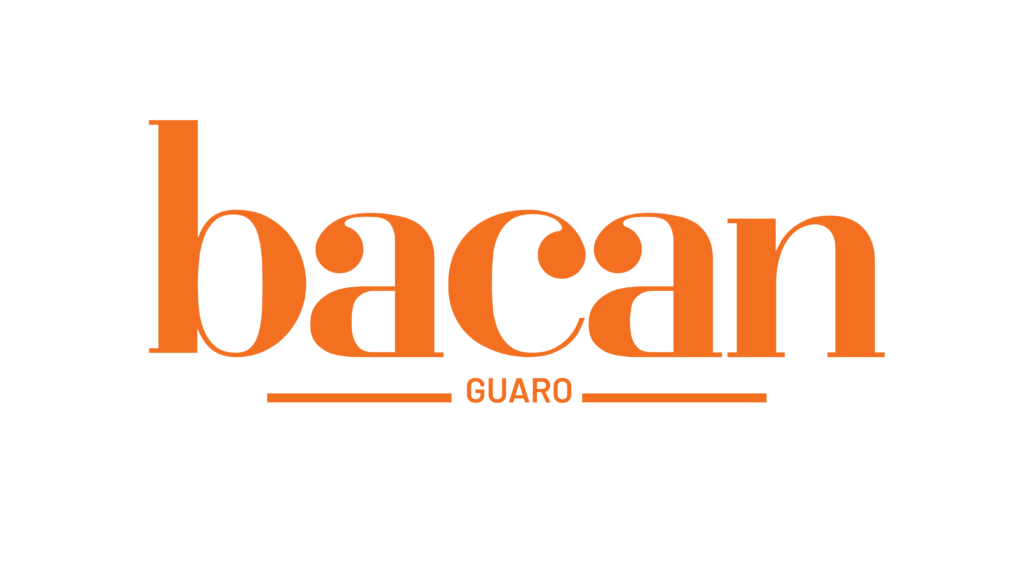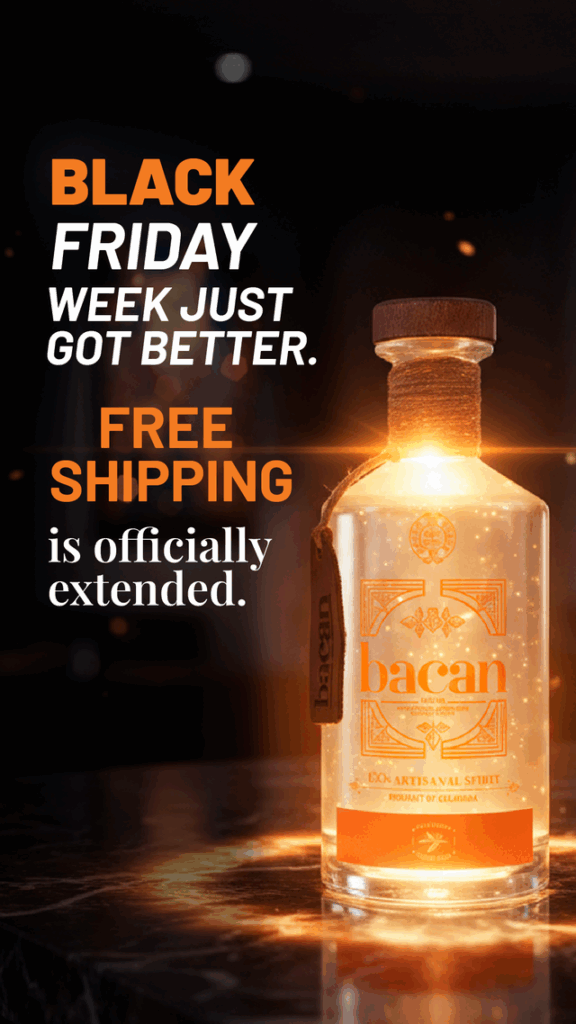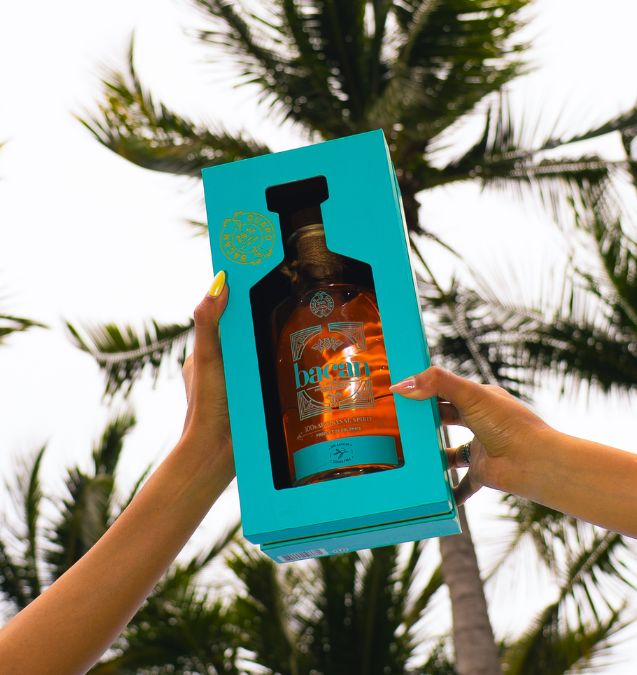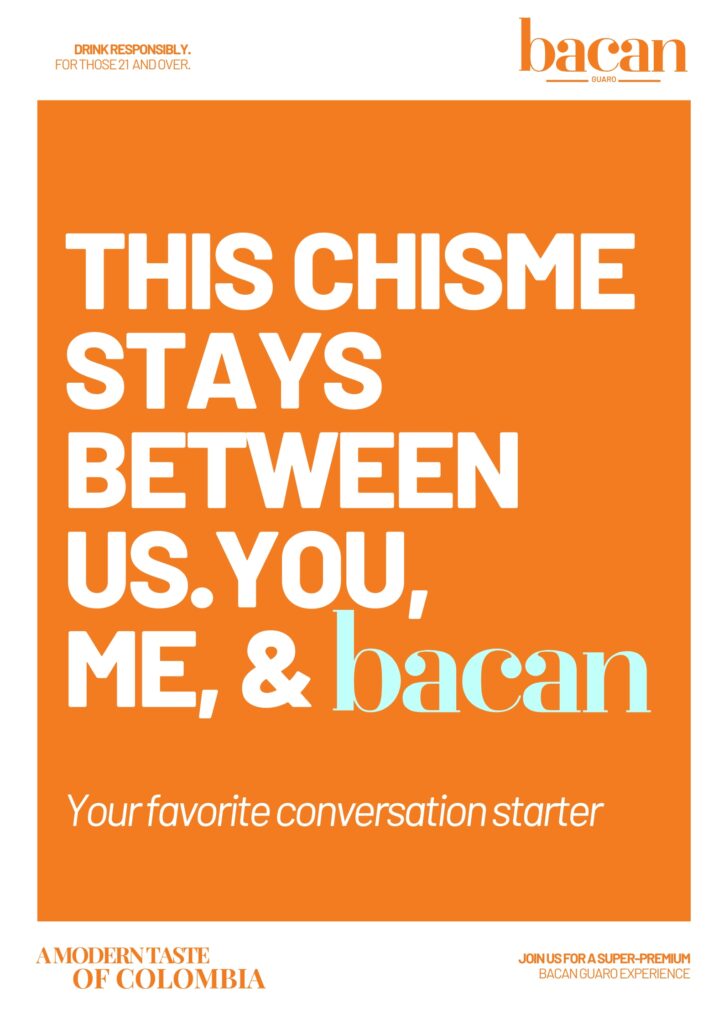Colombian Aguardiente has become one of America’s fastest growing spirits, breaking into cocktail bars and Michelin star restaurants from Miami to New York and beyond.
FIRST PUBLISHED BY: Spirited | November 22, 2024.
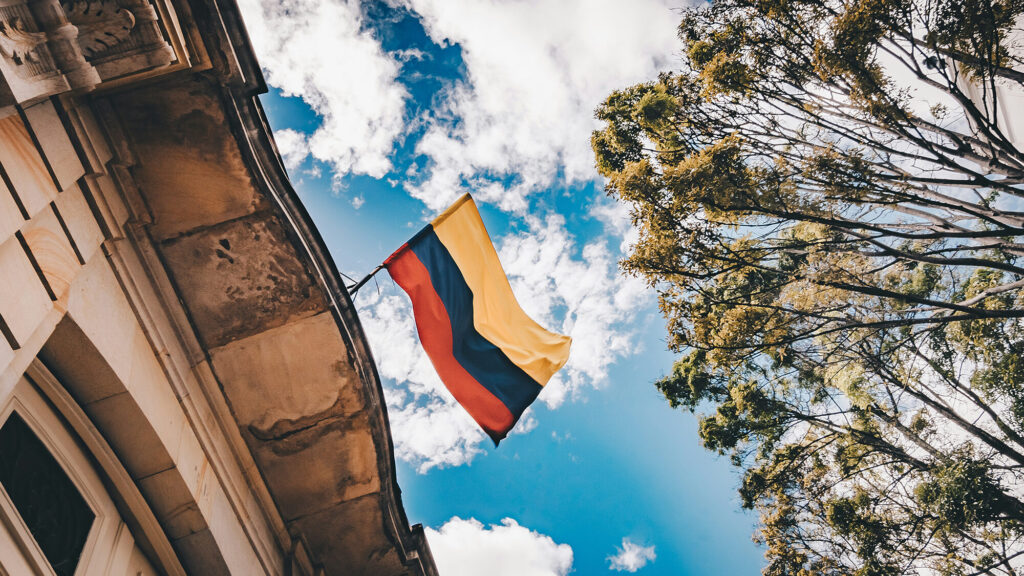
Aguardiente, or aguardente in Portuguese, is one of the most vastly used terms for alcohol of various types across the world, or more particularly in Spanish and Portuguese speaking countries from Latin America to the Caribbean to Europe. As a type of spirit that roughly translates to “firewater,” it can basically have a different makeup wherever it comes from. “In Portugal, the EU has demarcated six aguardente producing regions,” explains The Oxford Companion To Spirits & Cocktails. Spain has two regional demarcated examples, aguardiente de sidra de Asturias (an apple-based spirit from Asturias) and a liqueur: aguardiente de hierbas de Galicia (a sweet herb liqueur). It can be made from sugar cane juice, syrup, molasses, or even grapes and it can be found at all sorts of ABVs, anywhere between 20% ABV and God knows how high. Brazil, El Salvador, Mexico, and others all have their own versions and legal definitions of the spirit, but Colombia might make the most distinct and intriguing aguardiente of all, and it could be poised to be the next Latin American alcohol to become a global sensation.
Read the full story here.
